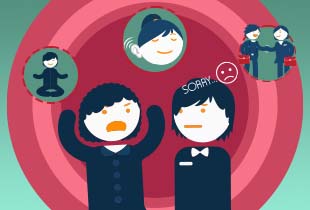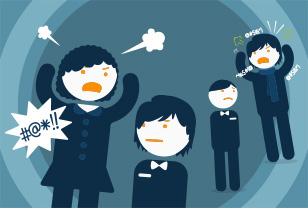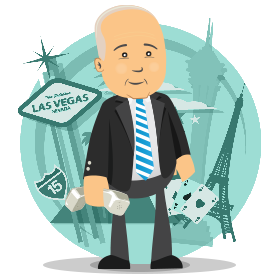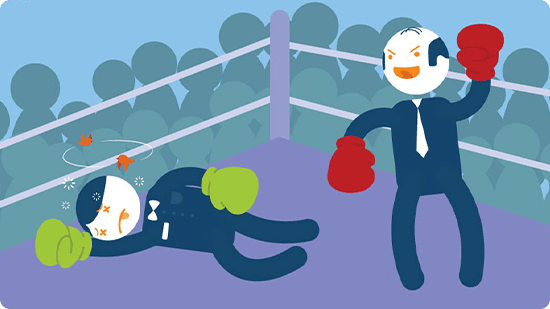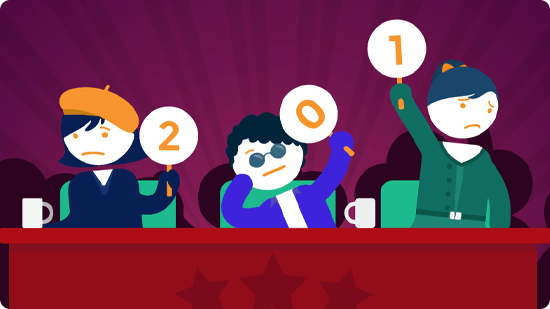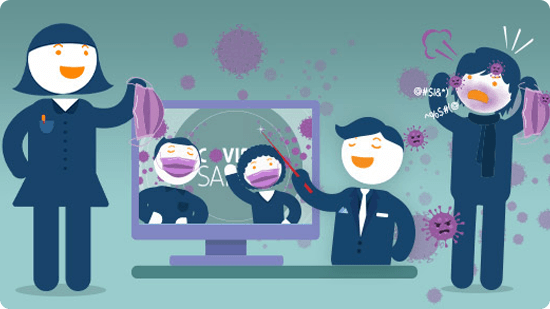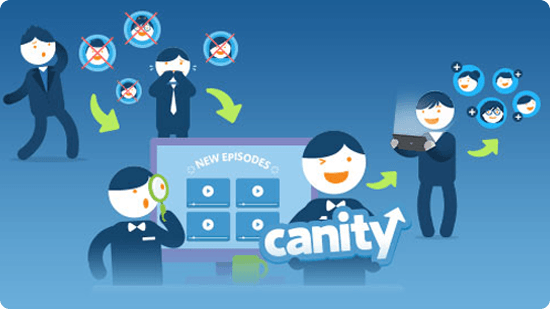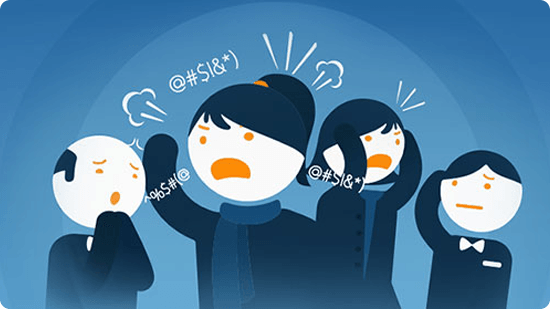“I’m not mad, I’m just disappointed.”
Six words – six dreadful words. As a child if I’d been given the option, I’d have chosen the medieval rack any day over hearing that sentence come out of my parents’ mouths. I could deal with anger but that bitter disappointment would just leave me wanting to curl up into a ball and disappear.
Being faced with a disappointed customer feels the same way. It can be a gut-wrenching experience for any business person and it can also be problematic for your business.
But unfortunately, you can’t run crying from your disappointed customer and barricade yourself in your room until the problem blows over because you’re in a professional environment.
And oh yeah – you’re also not 8 years old.
Research by the White House Office of Consumer Affairs and American Express has indicated that customers are twice more likely to share negative customer service experiences than positive ones.
So, what can you do to salvage good will?
Considering that the top two reasons for customer loss are poor treatment and failure to solve a problem in a timely manner, according to a survey conducted by Harris Interactive & RightNow, these two pearls of wisdom from yours truly will help steer your ship through the troubled sea of disappointed customers.
1. The solution is a solution.
2. Time is of the essence.
Step One: The solution is a solution
It might seem obvious but the key to turning around a disappointed customer is resolving the issue that let them down in the first place. Customers would rather receive a solution than anything else.
If you’re about to say…
“But that never usually happens.”
Or…
“How about I send you a [insert consolation gift here]?”
Or even…
“What would you like me to do?”
Think again!
Why are you asking the customer what you should do, offering something they’re not asking for, or implying you don’t believe them?
A disappointed customer is likely to become frustrated if they feel like you’re relying on them to come up with a strategy going forward. They want a solution from you!
Providing a solution requires a commitment on your part to perform a specific action for a specific effect at a specific time.
Which brings us to…
Step Two: Time is of the essence
The key is not just what to do, but when to do it.
A disappointed customer must have their problem dealt with immediately. It shows that despite their previous experience, you prioritise them above all else.
If an immediate solution is impossible, the first steps towards the ultimate solution have to be taken. Then you can provide them with a definite timeline so that they can expect a resolution at a specific time.
Much like when you were 8 years old, knowing what’s going to happen and when makes the experience more bearable. By managing their expectations and ensuring that they know you’ll be handling their problem, you’ll mitigate the amount of disappointment the customer is feeling.
Dealing with a disappointed customer
Remember, a disappointed customer is always looking for satisfaction and if you can provide that in a comforting, amenable and timely manner you might just find that the disappointed customer soon becomes a happy customer.
If you found this article helpful and are interested in taking your—and your staff’s— customer service to the next level, have a look at our online customer service training platform, Canity.
Sources: White House Office of Consumer Affairs and American Express Survey, 2011. Retrieved from Helpscout.net.
Source: Customer Experience Impact Report by Harris Interactive/RightNow, 2010. Retrieved from Helpscout.net

